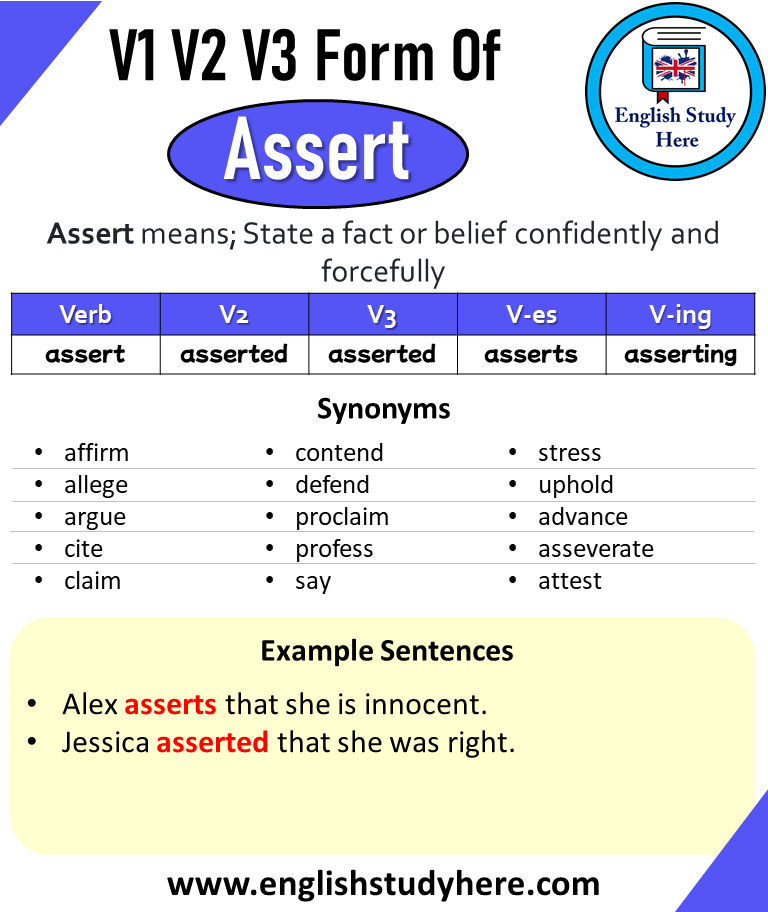Contend Past And Past Participle Form V1 V2 V3 V4 V5 Form of Contend
Have you ever found yourself tangled in the web of English grammar, trying to understand the different forms of verbs? If yes, you’re not alone.
The English language can be tricky, especially when it comes to verbs and their various forms. But don’t worry, we’ve got you covered. Today, we’re diving into the verb “contend” and exploring its past and past participle forms, also known as V1, V2, V3, V4, and V5.
This quick guide will help you master these forms and use them confidently in your writing and conversations. Imagine the ease you’ll feel once you can effortlessly navigate through these verb forms, impressing others with your grammar prowess. Keep reading, and you’ll discover just how simple it can be to conquer the complexities of the English language.
Contend: Verb Forms And Usage
The verb “contend” is used in many ways. Its base form is contend. In the past, it changes to contended. This is the same for the past participle form. For ongoing actions, use contending. The verb also has a simple form for the third person, which is contends.
Here is a table showing the forms:
| Form | Verb |
|---|---|
| V1 | Contend |
| V2 | Contended |
| V3 | Contended |
| V4 | Contending |
| V5 | Contends |

Credit: englishstudyhere.com
Past And Past Participle Forms Of Contend
The verb contendhas various forms. Understanding these forms is key to using the word correctly. The past form of contend is contended. This is used to describe actions that happened before.
The past participle form is also contended. It is used with helping verbs like has, have, or had. Example: She had contendedfor the prize. Knowing these forms helps in writing and speaking.
| V1 | V2 | V3 | V4 | V5 |
|---|---|---|---|---|
| contend | contended | contended | contending | contends |
Contend In Different Tenses
Contend is a verb. In present tense, it is contend. In past tense, it changes to contended. For the past participle, we also use contended.
The continuous form uses contending. This is for actions happening now. It is used in present, past, and future continuous tenses. Example: “I am contending.”
For perfect tenses, use have contended. This shows completed actions. Example: “I have contended in many matches.”
Perfect continuous form is have been contending. It shows actions that started in the past and continue. Example: “I have been contending all day.”
| Form | Example |
|---|---|
| V1 | Contend |
| V2 | Contended |
| V3 | Contended |
| V4 | Contending |
| V5 | Contended |

Credit: englishgrammarhere.com

Credit: englishgrammarhere.com
Conclusion
Mastering the forms of “contend” strengthens your English skills. Understanding V1, V2, V3, V4, and V5 forms is essential. This knowledge helps in both writing and speaking. Practicing these forms will build your confidence. Keep learning and practicing regularly. Use simple sentences to make learning easier.
Improving your English takes time and patience. Stay consistent and motivated. With practice, you will see improvement. Remember, every small effort counts. Your dedication will lead to better language skills.






